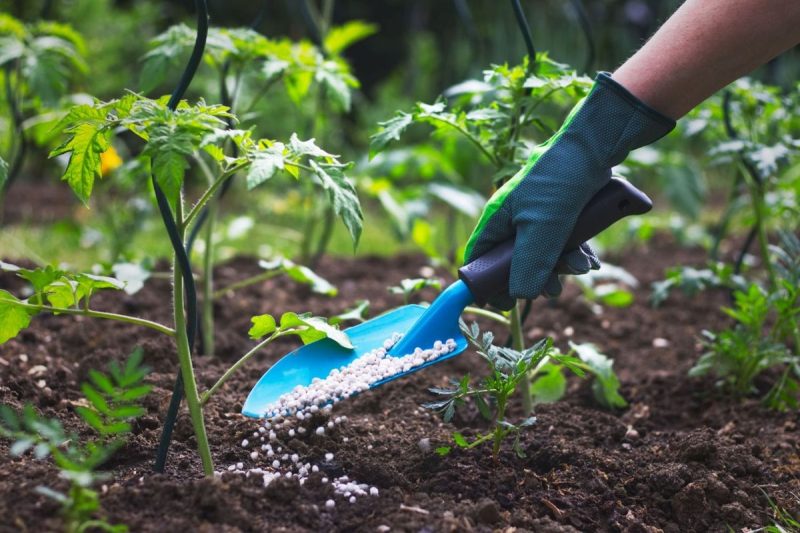Potash vs Phosphate: Understanding the Key Differences
Potash and phosphate are two essential nutrients that play a crucial role in promoting healthy plant growth and maximizing crop yields. While both are important for plant development, they serve different functions and have distinct characteristics that are important for farmers and gardeners to understand. In this article, we will explore the key differences between potash and phosphate to help you make informed decisions when it comes to fertilizing your crops or garden.
Chemical Composition and Function
Potash, also known as potassium fertilizer, is a primary macronutrient that is vital for various plant processes, including photosynthesis, enzyme activation, and water regulation. Potash is commonly found in fertilizers in the form of potassium chloride (KCl) or potassium sulfate (K2SO4). It is responsible for enhancing plant resistance to diseases and stress, promoting root growth, and improving overall plant health.
Phosphate, on the other hand, is a primary macronutrient that plays a critical role in energy transfer and storage within plants. Phosphate is typically found in fertilizers as diammonium phosphate (DAP) or monopotassium phosphate (MKP). Phosphate is essential for cell division, DNA synthesis, and the development of strong root systems. It is particularly important for promoting flowering, fruiting, and overall crop productivity.
Application and Absorption
Potassium is relatively mobile in the soil, meaning that it can easily leach through the soil profile and become unavailable to plants. Therefore, frequent applications of potash may be necessary to maintain adequate potassium levels in the soil. Potash is generally best applied in the spring or fall to ensure that plants have a steady supply of potassium throughout the growing season. Most crops require a steady supply of potassium from the soil to thrive, making potash an essential component of most fertilizer programs.
Phosphate, on the other hand, is less mobile in the soil and tends to react with other soil minerals, making it more stable and less prone to leaching. Phosphate is best applied in the spring before planting to ensure that young plants have access to an immediate source of phosphorus. Plants absorb phosphate most efficiently when the soil pH is within the optimal range, typically between 6.0 and 7.0. Regular soil testing is essential to monitor phosphorus levels and prevent deficiencies or excesses that could impact plant growth and yield.
Environmental Impact
Both potash and phosphate fertilizers can have environmental implications if not managed properly. Excessive application of potash can lead to soil salinity and water quality issues, while inadequate potassium levels in the soil can result in nutrient deficiencies and reduced crop yields. Likewise, overapplication of phosphate can lead to eutrophication of water bodies, causing algal blooms and disrupting aquatic ecosystems. Proper nutrient management practices, such as soil testing, crop rotation, and targeted fertilizer applications, can help minimize the environmental impact of potash and phosphate fertilizers.
In conclusion, potash and phosphate are key nutrients that play vital roles in promoting plant growth and maximizing crop productivity. Understanding the differences between potash and phosphate, including their chemical composition, function, application, absorption, and environmental impact, is essential for developing effective fertilizer programs and ensuring sustainable agriculture practices. By applying these principles, farmers and gardeners can optimize nutrient use efficiency, minimize environmental risks, and achieve healthy, productive crops for years to come.

























